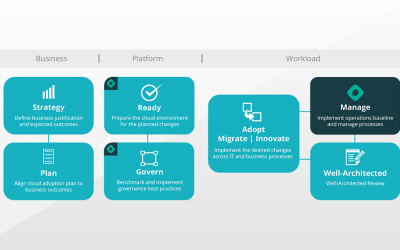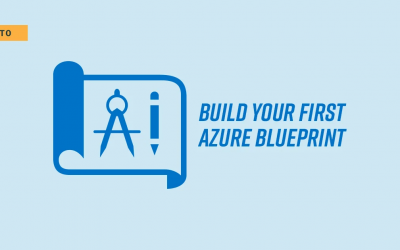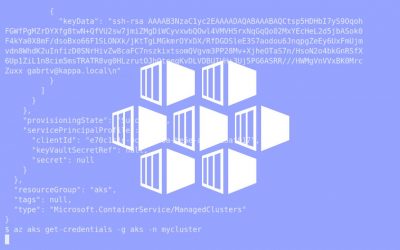Azure Site Recovery (ASR) is an extremely powerful disaster recovery (DR) service that’s built into Microsoft Azure. Unlike Azure Backup, which is very inexpensive and also lacks some key enterprise features, ASR is an enterprise class solution for replicating protected vm’s and physical servers and then orchestrating a pre-designed recovery plan on Azure. Much to the surprise of many there is native support for VMware environments which makes it a viable DR solution for the droves of organizations running VMware in their data centers.
ASR has had commercial support for VMware since summer ’15 and it was a result of their acquisition of InMage Systems, Inc., a company that developed industry leading cloud business continuity technology. Fortunately, this has been a major focus for Microsoft and VMware support is a first-class citizen within the ASR feature-set as it rounds out a very strong cloud DR solution for enterprises. Now, Microsoft has announced enhanced functionality for VMware DR using ASRand it’s a huge improvement from the previous iteration bringing with it a lower total cost and a simpler implementation.
We’ve implemented ASR’s enhanced VMware to Azure scenario and here are the big changes:
- No more need for live VM’s in your Azure environment to enable replication and orchestration
- Implement ASR on source machines without reboot
- Less disruptive testing and certification of failover and failback
- Drastically less complex capacity planning
Our experience with the previous VMware to Azure scenario was that it worked well but on-boarding, specifically the capacity planning component of it, was confusing to customers. Having to right-size a target server with the correct amount of attached disks to correspond with protected source volumes and then having to work within Azure storage constraints to ensure adequate IOPS availability was cumbersome and time consuming. Also, being able to test failover and failback required significant upfront planning to avoid disruption. These challenges are not unique to ASR. These are the types of challenges we’ve all dealt with when implementing a DR solution. The good news is that ASR’s new enhanced scenario resolves these issues and it’s made the total solution less expensive to implement.
How does ASR’s enhanced VMware to Azure scenario lower the total cost of the solution?
- You can deploy ASR components on-premise avoiding the cost of the live resources on Azure
- Protected machines are replicated directly to Azure storage, removing the time consuming exercise of planning capacity on the previous target servers
- A unified installer cuts down on the time to on-board
- Testing failover and failback is much easier and reduced to a simple process
In previous iterations of ASR there was so much time spent on-boarding. Getting customers comfortable with IOPS ratios, storage limitations, and learning new workflows all made the implementation take longer and involve more people. The new model reduces the hard costs of having expensive instances running in Azure to enable replication and orchestration, while also reducing the softer costs of the time and people involved in on-boarding and testing. While ASR still represents a new paradigm for many organizations who are accustomed to more traditional DR approaches, the latest iteration of ASR has even more distinct cost saving advantages to go with it’s robust functionality, making it even more difficult for technology leaders to ignore.




